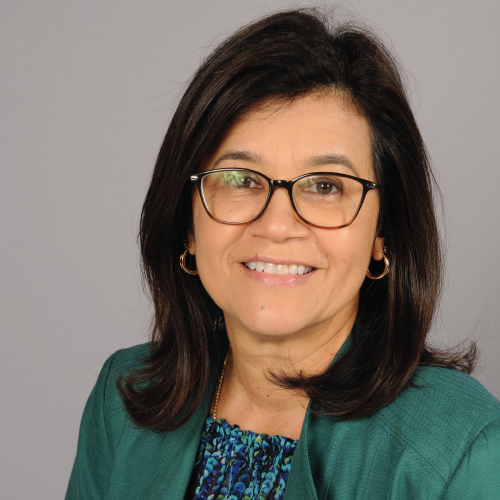Inclusion as the Sum of Us
August 01, 2023
President's Corner
As school system leaders, we are responsible for creating and maintaining an inclusive and welcoming environment that fosters a sense of belonging for all who walk through our doors, including our families, our staff and, most importantly, our learners.
Inclusion is a fundamental value that benefits our learners and the larger school community. A school that embraces inclusion creates a positive and respectful environment that promotes acceptance, understanding and empathy.
To promote inclusivity within our schools, we must first define what it means to be an inclusive school and provide concrete examples of what it looks like in practice. I define inclusion as welcoming all learners and staff with a safe and supportive environment that values diversity, promotes respect and tolerance, and encourages all to participate.
As leaders, we must recognize and support all learners, not most. All learners must have a safe space to talk about their issues or perspectives, knowing that we support and care about them and their futures.
When learners acquire a sense of respect and appreciation for differences, they learn to be tolerant, understanding and empathetic. This environment can reduce bullying, harassment and discrimination and have a positive impact on learning. After all, research shows that learners are more likely to participate in school when they feel safe and supported.
Creating an inclusive school is not a box-checking task or a standalone activity but rather a mindset that we must continuously model and practice. Creating and maintaining an inclusive environment requires a strong commitment from everyone in the district and the community it serves.
We must provide our staff with resources and support to achieve inclusion. This means working with district- and school-level administrators to create and implement policies and procedures that promote inclusion. It also means addressing allegations of bullying and harassment and providing resources and support for those learners who may be experiencing these issues.
As our country and our communities grow more diverse, we must recognize and respond to these changing demographics with inclusive practices, including promoting cultural responsiveness, celebrating cultural differences, recognizing potential biases and looking beyond differences. Some districts may need to hire bilingual staff, provide translation services for parents and guardians and make a concerted effort to involve families in their child’s education.
Yes, this is a significant undertaking and one we cannot do alone — nor do we have to. School district leaders should look for partners to support and reinforce these efforts. For example, Questar III BOCES partners with local colleges, businesses, labor associations and community organizations to expand opportunities for all students. This includes working with Hudson Valley Community College to provide first-generation and underrepresented students with opportunities to earn high school and college credit concurrently through an early college high school and P-TECH model program located on the college’s campus.
Everyone deserves to belong and to have a place in the world, regardless of race, ethnicity, gender, sexual orientation, age, religion, linguistic abilities, socioeconomic status or disabilities. Unfortunately, ensuring a place for everyone has become difficult, given today’s divisive politics and legislation that may limit open conversation.
Promoting and achieving inclusion requires a deliberate effort by school leaders and the larger community, one where we must continuously model our expectations. As we begin a new school year, let us commit to fostering a culture where humanity thrives and everyone feels valued and supported.
As author and policy advocate Heather McGhee wrote, “We are greater than, and greater for, the sum of us.”
Gladys Cruz is AASA president in 2023-24.
Author
Advertisement
Advertisement
Advertisement
Advertisement




